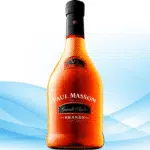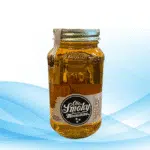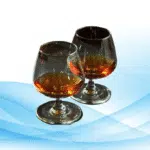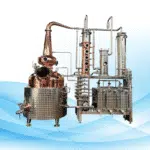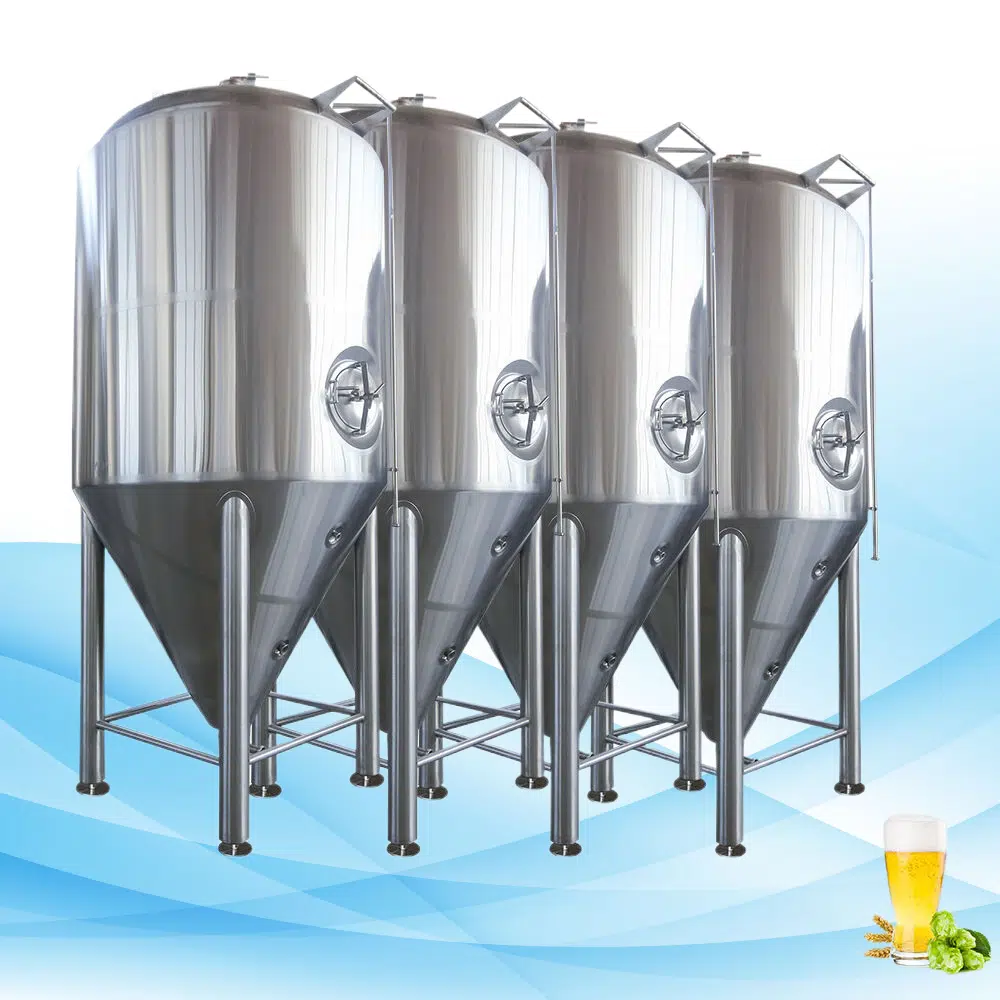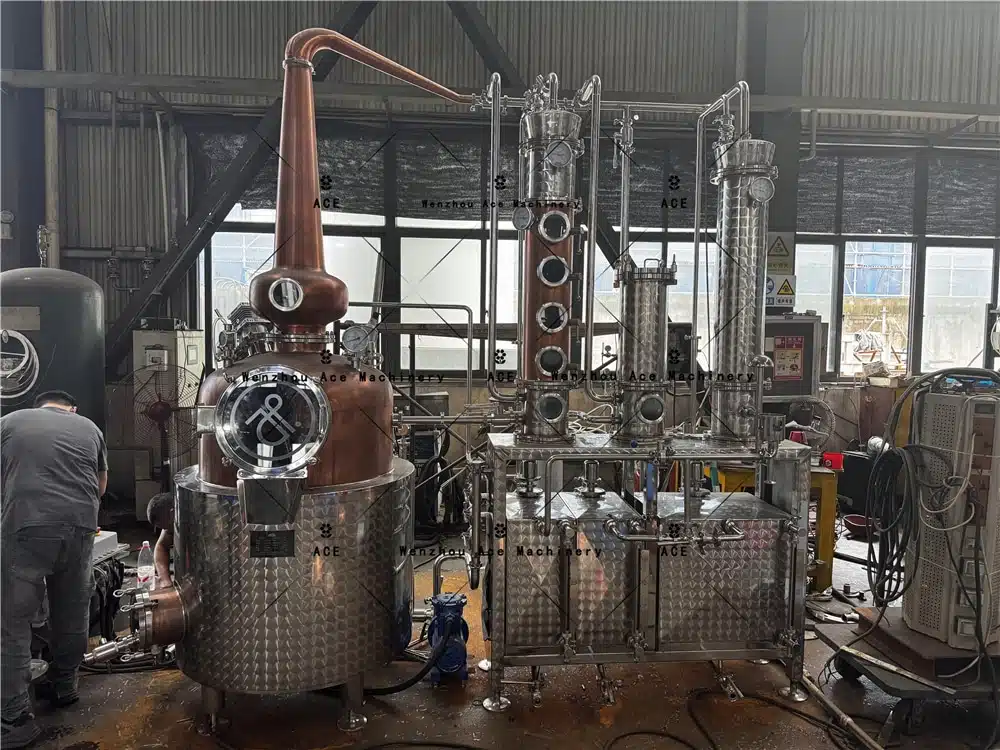Distillation requires specific tools, which may seem intimidating for beginners – here we explore its key aspects so you can select equipment tailored specifically to meet your aspirations goals.
Types of Stills
A still is one of the key pieces of equipment required for distilling liquor, and there are two primary varieties. Pot stills and column stills are two major categories. Pot stills are often made out of copper and are generally preferred when producing small batches with strong flavors such as whiskey. Column stills on the other hand tend to produce larger volumes more efficiently; their higher alcohol content means they may produce stronger spirits, but lack flavor intensity compared to pot stills.

Material
Copper remains the preferred material for stills due to its ability to conduct heat effectively while simultaneously helping remove sulfur compounds from distillate, leading to smoother and cleaner tasting spirits. Stainless steel may also be an option due to being more durable and easy to clean; however, due to chemical reactions occurring between copper and the distillate during distillation, its final spirit may have different flavors than its copper-made counterpart.
Size
Your size still depends on your production needs. For hobbyists or those just getting started in distilling spirits, a smaller still may suffice; but for larger batch production of liquor a larger still is likely necessary. Also keep in mind that size plays a role when distilling alcohol; larger stills take longer to heat up and produce batches than smaller stills do.
Additional Equipment
Along with a still, other pieces of equipment that are essential to liquor distillation include thermometers for monitoring still temperatures as different spirits require different temperatures for distillation; hydrometers help measure alcohol content of your distillate while you may also require a mash tun for fermenting ingredients before distillation begins.
Safety Precautions
Distilling liquor can be an unpredictable and potentially hazardous venture without proper safety precautions being observed. Therefore, it is wise to always have a fire extinguisher available when using your still, while remaining vigilant during use. In addition, installing an adequate ventilation system could prevent build-ups of potentially flammable vapors which might become airborne during distillation.
Conclusion
Choosing the appropriate liquor distillation equipment is vital to creating top-quality spirits at home. Consider factors like still type, material composition, size and additional equipment before making your selection; always prioritize safety during distillation so that you can create delicious spirits that truly showcase your craft! Cheers!

